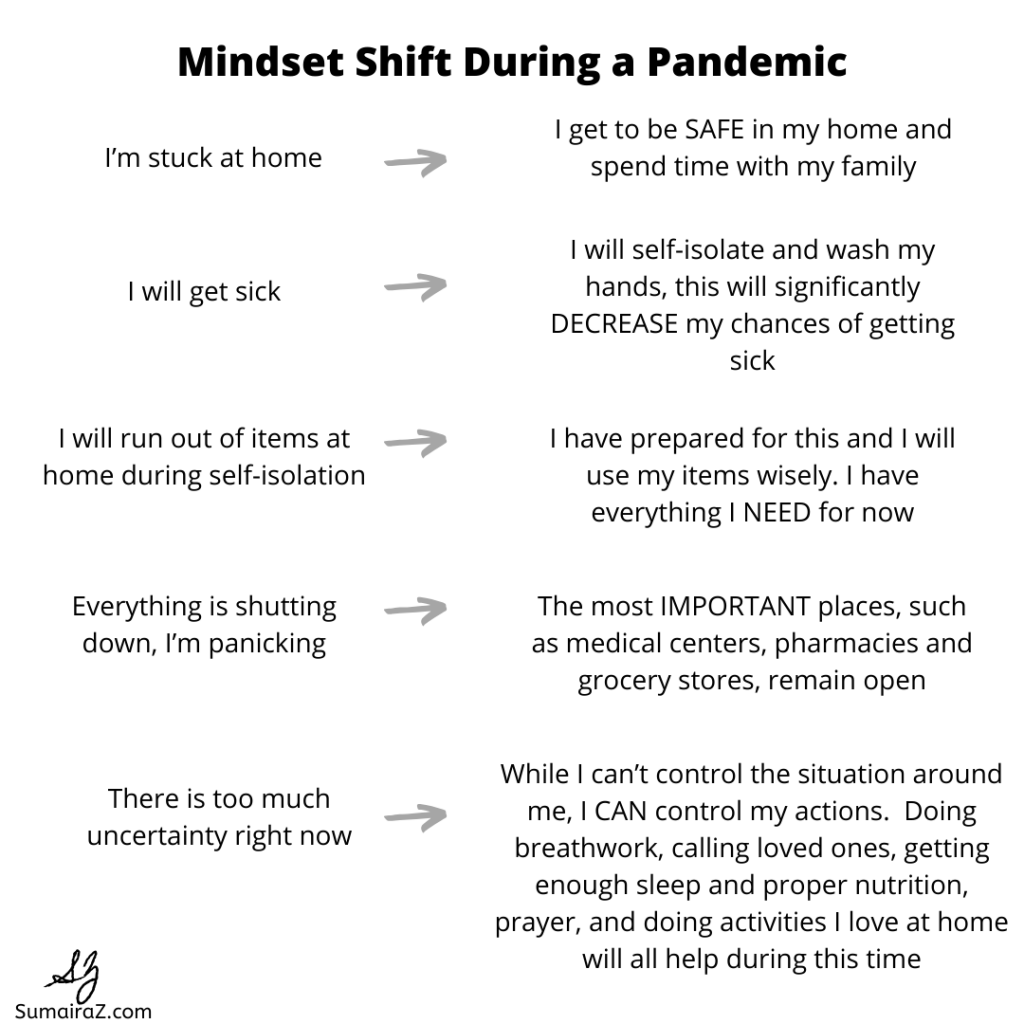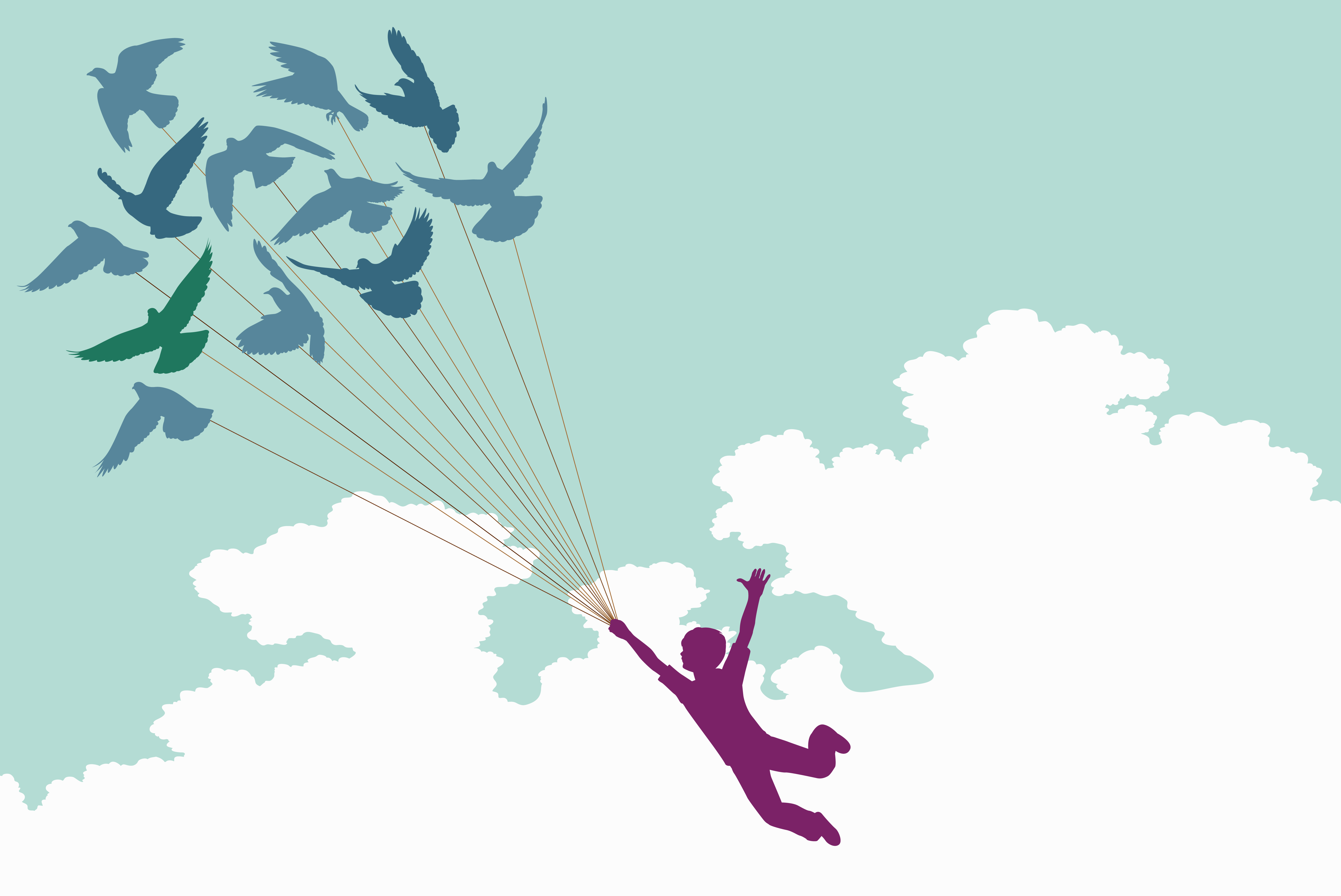Stop the Amygdala Hijack by Creating Strong Relationships and a Sense of Belonging in the Remote Classroom
It’s not what we thought. Definitely not our plan. We hoped it would look different this school year. But, it doesn’t.
Many of our students and families are starting the school year off with distance learning. Yet, learning may not be on their minds. Watch the nightly news. Jump on social media. COVID-19 still silently lives amongst us. Racial injustice and civil unrest is all around us. Caretakers losing jobs, death of loved ones, students grieving the loss of their lives as they knew it. Wildfires are running rampant in California choking the very life out of communities. Tornados and storms slamming states, torrential floods, and winds destroying homes, crops, and devastating lives. So many unknowns. It’s frankly terrifying.
Andrew Garner, M.D., Ph.D., former chair of the American Academy of Pediatrics (AAP) leadership workgroup on early brain and child development, explained in a recent article that “when a child endures severe, unmitigated stress for a long period of time, the body and brain are bathed in cortisol, a hormone that triggers that fight-or-flight response. Normally, this hormone is helpful, allowing individuals to respond quickly in an emergency, but when cortisol levels are chronically elevated it can cause permanent changes in the brain and gene expression.”
A little bit of stress, releasing the hormone Cortisol, can be a good thing. It can help us get focused, prioritize, and prepare for a test or event. But, these recent events and the devastating loss they bring are traumatizing. Unfortunately, it takes just one stressor from the long list to produce an emotional overload, commonly leading to trauma. Yet, many of our students are starting the school year with many of these stressors swirling in their minds and heavy on their hearts.
Under extreme stress, the hormone, Cortisol, rises causing toxic stress which induces an Amygdala hijack. A person’s ability to focus, remember things, and control their emotions is thrown out the window, and survival mode takes over. At this moment, many students and their parents are experiencing this exact response, where they feel helpless and hopeless, reducing them to fight, flight or freeze.
As educators and parents, what can we do? Oh, how we wish we could control these events. Face it, we can’t. But, there is hope. There is something we can do that can impact our students’ lives. We can create a distance learning environment to help students cope and not just merely survive, but thrive!
“When children have persistently high levels of stress, and that stress is not buffered by the presence of a trusted and calm adult, something else can happen: children can get locked in that fight or flight feeling,” writes Dr. Pamela Cantor in “The Stress of This Moment Might Be Hurting Kids’ Development”.
"When a person feels safe it allows them to form trusting and loving relationships that create attachment and a sense of belonging."
Did you notice what she said? The presence of a trusted, calm adult can buffer the stress – why? When a person feels safe it allows them to form trusting and loving relationships that create attachment and a sense of belonging. This releases the hormone oxytocin also commonly known as “the feel-good” hormone. When a child feels safe and secure, this powerful hormone floods the brain leaving a long-lasting impact. Cantor writes in her article, “This [speaking of the hormone oxytocin] not only helps children manage stress but also offsets the damaging effects of cortisol and produces resilience to future stress. All this is possible because the human brain is malleable well into adulthood. That means there are opportunities, even right now, to put children on a path to learn and thrive.”
So, how do we create these strong relationships and a sense of belonging in a distance learning environment? It’s not impossible, it just takes a bit of creative thinking and removal of some barriers. Here are 5 coping skills to assist in remote learning:
1. Focus on the Culture
It’s all about building culture. Yes, doing so remotely has some barriers, but remove them by going old school as a way to connect. Some ideas below:
- Pick up the phone. Talk to any student, they miss their friends and teachers. Hearing your voice, just you and the student would mean so much.
- Send a postcard/letters home
- Leave little gifts on a doorstep
2. Touch the Heart Before you Teach the Mind
A key part of connecting with our students is first building a relationship and then maintaining that connection. Some ways to do so are to hold daily check-ins-before starting a lesson, greet each student by name, and ask students to show you how they are feeling. Emoji’s, thumbs up or down sent privately or in a chat room during a morning meeting or opening for young ones is a great way to know emotionally where there are. You can also teach students how to identify their feelings by using a mood meter. Students in middle school through higher ed could use the Mood Meter or a private Google form to check in each day. Here is an example from the Association of Middle-Level Education. If you notice a student is stressed, follow up through email, one-on-one conferencing (like Zoom), or a phone call. You need to touch the heart before you teach the mind.

3. Conduct Morning Meetings
Ok, so anyone familiar with Morning Meetings knows they are a powerful tool to build relationships, trust, stabilize emotions, and create a sense of belonging, all keys to helping regulate the Amygdala. Intrigued? Ready to roll? Here is a great post to give you some ideas from We Are Teachers, Morning Meetings Provide the Ritual and Community Kids Need Right Now. In short, make the most of morning meetings by establishing norms, keeping it short and focused, and most importantly by creating a comfortable environment for your students as they start the day.
4. Communicate with Student Caretakers
Conduct regular student and adult surveys to provide feedback on distance learning, classroom activities, instruction, and climate. At a time when students might not feel connected and heard, surveying allows students to have a voice. It shows that they matter. They can share their needs and issues and give feedback on how a teacher can change their instruction and the distance learning experience to help them perform better. Be sure to connect with your student’s caretakers as well. In many ways – they have a big role in remote learning as well and can provide additional insight to help further connect with your students.
5. Reframe Negative Thoughts
In stressful situations, it’s easy to get caught up in negative thinking, “it will always be this way,” and not seeing light at the end of the tunnel. When this happens, we have an opportunity to respond to our students with a positive reframe. Here are some great examples by mental health advocate Sumaira Z.

Eventually, schools will reopen. What we do as educators now can set a foundation for what the classroom will look like in the future. When we focus on getting to know our students, building rapport and strong relationships, even if it’s from a distance, we are helping them cope with the stressors that get in the way of learning.
Continue your learning. Explore our flex-paced course, Educating the Whole Child: Meeting the Needs of All Learners through UDL & SEL.




